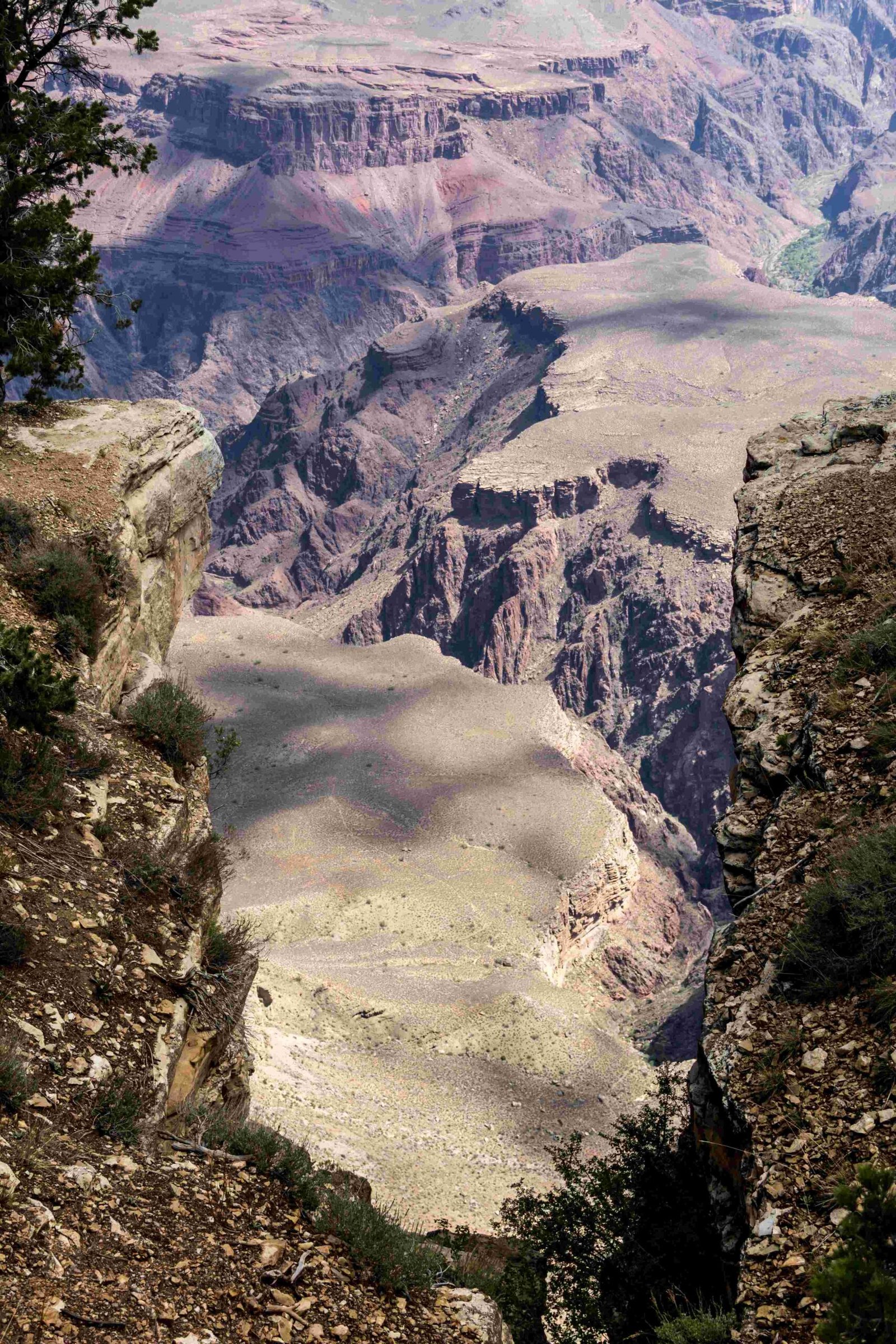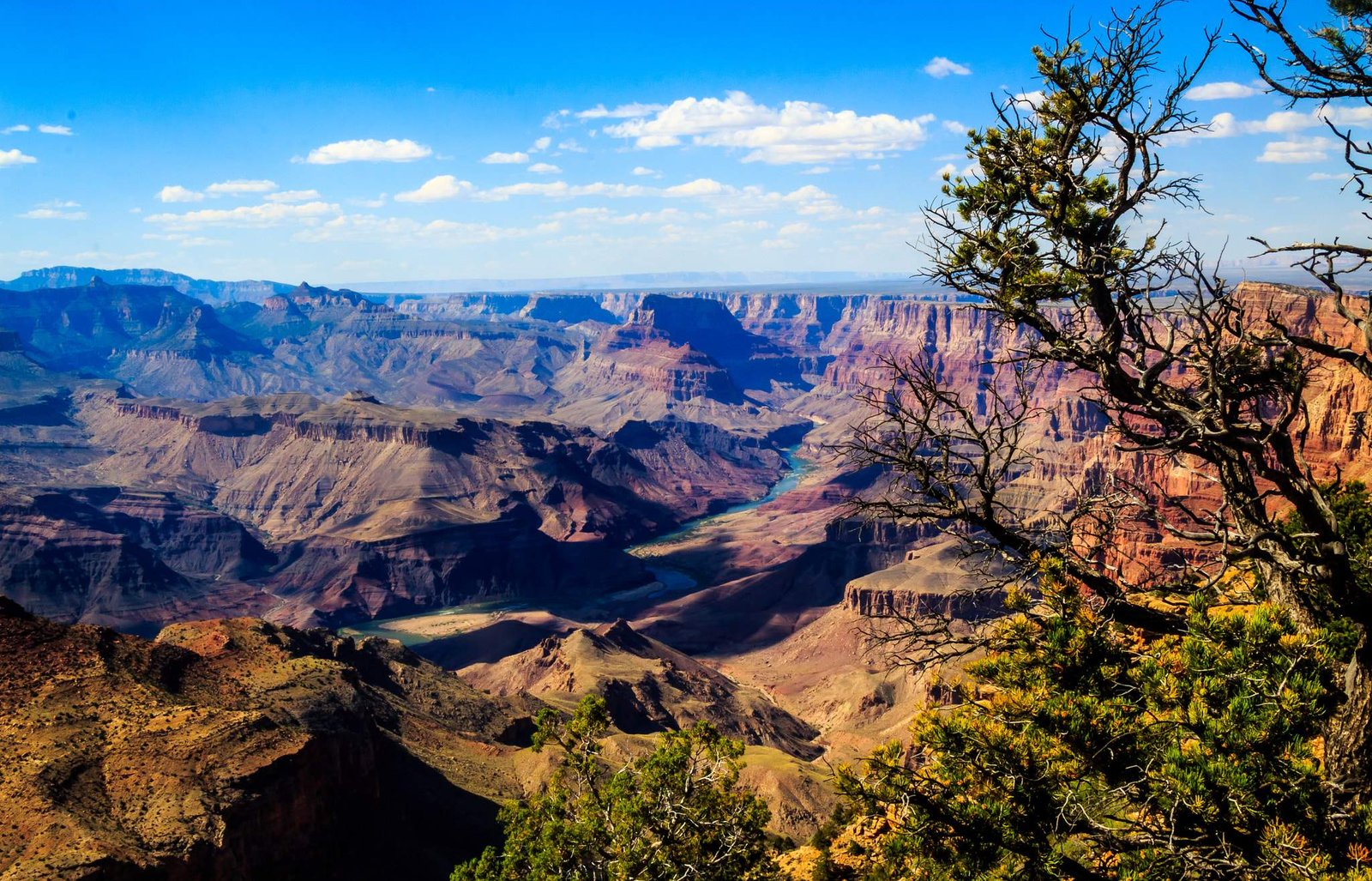The Grand Canyon’s rock layers represent a remarkable geological tapestry, revealing a complex arrangement of sedimentary formations deposited horizontally and subsequently modified by tectonic activities. These layers span nearly 2 billion years, showcasing a stunning chronological record of Earth’s geological transformations, with rocks ranging from ancient Precambrian basement formations to younger Paleozoic sedimentary deposits.
What Determines the Initial Placement of Grand Canyon Layers?

Principles of Rock Layer Formation
The fundamental principle governing the Grand Canyon’s rock layers is the principle of original horizontality. This geological concept suggests that sedimentary rock layers are initially deposited in nearly horizontal positions within marine or terrestrial environments.
Key Factors Influencing Layer Placement
- Sedimentary Deposition Environments
- Shallow marine basins
- Coastal regions
- River deltas
-
Desert landscapes
-
Geological Time Periods
- Precambrian: 2 billion – 541 million years ago
- Paleozoic Era: 541 – 252 million years ago
Detailed Layer Composition
| Rock Layer | Age | Thickness | Composition |
|---|---|---|---|
| Vishnu Basement Rocks | ~2 billion years | Variable | Metamorphic and igneous |
| Tapeats Sandstone | ~525 million years | 70 meters | Coarse-grained sand |
| Bright Angel Shale | ~510 million years | 152 meters | Mudstone-derived shale |
| Redwall Limestone | ~340 million years | 300 meters | Marine carbonate |
How Do Tectonic Forces Influence Layer Orientation?

While initial deposition occurs horizontally, subsequent tectonic activities can dramatically alter rock layer orientations:
- Tilting: Some layers, particularly in the Grand Canyon Supergroup, exhibit significant angular deviations from horizontal
- Folding: Intense geological pressures can cause rock layers to bend and curve
- Faulting: Vertical and horizontal displacement of rock formations
Erosional Processes Revealing Layer Structures
The Colorado River plays a crucial role in exposing these intricate geological layers through:
- Hydraulic Erosion: Gradual cutting through rock strata
- Chemical Weathering: Breaking down rock compositions
- Mechanical Weathering: Physical fragmentation of rock layers
What Makes Grand Canyon Layer Placement Unique?
The Grand Canyon’s layer placement is extraordinary because it:
- Provides a near-continuous geological record spanning billions of years
- Displays multiple depositional environments
- Reveals complex interactions between geological processes
- Offers unprecedented visibility into Earth’s geological history
Visitor Exploration Opportunities
- Guided Geological Tours
- Interpretive Visitor Center Exhibits
- Observation Points with Geological Explanations
Conclusion
The Grand Canyon’s layer placement represents a remarkable testament to Earth’s dynamic geological processes, offering scientists and visitors an unparalleled window into our planet’s ancient history.

